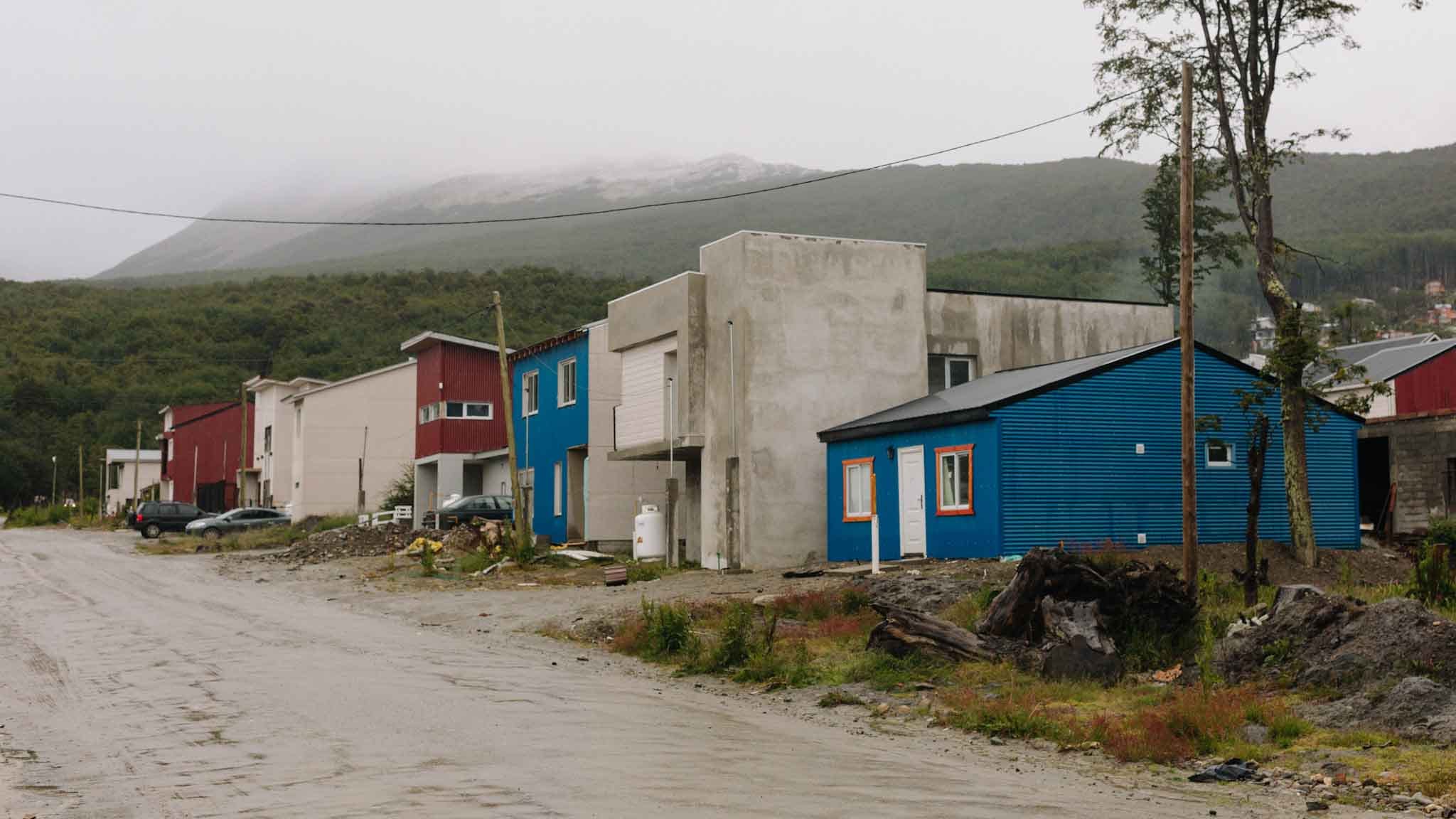The Housing Battle at the End of the World
When tourism boomed in Ushuaia, Argentina – the world’s southernmost city – displaced locals occupied land in the forest. As development continues to encroach, these renegade residents are more determined than ever to hold onto what they believe is

Perched on a wide bay along the southern coast of Argentina’s Tierra del Fuego province, Ushuaia is the southernmost city in the world. At one end of the city, a steep, unpaved road through the trees marks the entrance to the district known as Dos Banderas. The road takes a sharp turn, and suddenly, the chaotic town, known for its tourism, mountain gear shops, and expensive cruises, is left behind. If Ushuaia is at the end of the world, these woods make one feel as if the world has been left behind. If a visitor didn’t know where to look, they might think this was just another path in the woods; however, a careful eye reveals there’s much more than wilderness here.
Ushuaia, founded in 1884, is bordered on the north by the foot of Andes mountain range, and on the south by the Beagle Channel, which connects the Pacific and Atlantic Oceans. The earliest-known inhabitants of the area were the Selk’nam, an indigenous group who lived here for thousands of years. When colonizers from Europe …
Keep reading with a 7-day free trial
Subscribe to Narratively to keep reading this post and get 7 days of free access to the full post archives.



